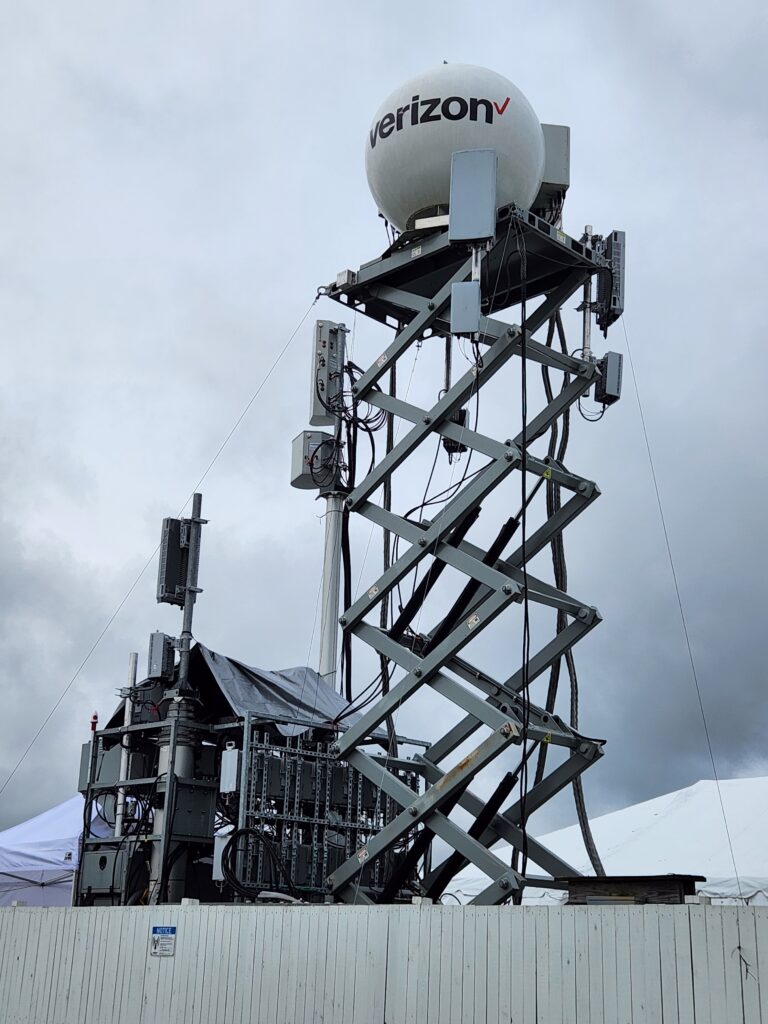Last year’s race saw 53.3 million connections in a 12-hour period, according to Verizon Associate Director of Network Operation
Verizon is coming down the back stretch of its year-long preparation for this weekend’s Preakness Stakes, the annual American thoroughbred horse race held at the Pimlico Race Course in Baltimore, Maryland. The event, part of the Triple Crown trio of horse-racing’s highest profile races, attracts more than 65,000 spectators and according to Verizon Associate Director of Network Operations Brian Dunn, being the event’s connectivity provider is all about providing as much additional capacity as possible.
“Looking at last year’s data, we had 53.3 million total connections in a 12-hour period, and we moved almost 50 gigabytes of data,” he told RCR Wireless News, adding that mmWave provided the necessary capacity at the course last year. This year, he continued, Verizon has added C-band, the midband spectrum it spent billions of dollars on.
“We want to move as much data as possible and get the fastest speeds to users that we can provide. Utilizing that midband spectrum allows us to add 5G nationwide to all of the customers that will be at the event, during the event,” Dunn explained. “That should give them a very nice 5G experience.”

While Verizon did upgrade its permanent surrounding cell sites in anticipation of the event, the real key to providing enough additional capacity to handle the influx of visitors are its temporary assets. One such asset is the MEOW (mobile equipment on wheels), which Dunn described as “a big trailer with a boom on it.” The MEOW houses hardware to augment 4G and 5G signals, as well as backup power generators and satellite antennas, and this year, it boasts mounting bracket to incorporate the C-band radio heads.
Backhaul for the network is delivered via an extension to the existing fiber, which runs from the course’s infield back to the network’s demarcation point, said Dunn.
Dunn noted that the surrounding sites are benefitting from new software releases from Samsung, which are the result of Verizon’s 2020 decision to ditch Nokia in favor of splitting its 5G RAN contract work between Samsung and Ericsson.
All of the preparation and actual boots-on-the-ground work is done by the carrier itself, according to Dunn. “We have what we call the DIRT team — the disaster, immediate response team. Those are the folks that rollout these temp assets. Totally, 100% Verizon wireless set up, integration and tear down. We don’t use contractors or vendors; it’s all in-house,” he said.

